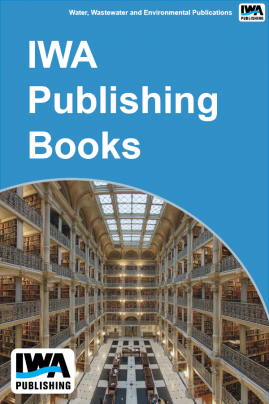 |
Development of a Metals Toxicity Protocol for Biosolids
Development of a Metals Toxicity Protocol for Biosolids

Sixty percent of all wastewater treatment biosolids are recycled, compared to 30% in 1990. Environmental biosolids management systems are now commonly implemented for municipalities. The promotion of beneficial use of biosolids has transformed our historic view of processed wastewater treatment residuals. Instead of wastes requiring disposal, we now view biosolids as valuable manufactured products. Land application of biosolids has proven to be beneficial because organic matter and nutrients can be used effectively for enhancement of agricultural crop production.
There is concern, however, about the potential for degradation of soil quality. Although thorough investigations of potential risk from biosolids have generally indicated that land application does not threaten human or ecosystem health, questions continue to arise concerning the safety of biosolids recycling.
This project was initiated to evaluate the toxicity resulting from the amendment of soils with biosolids from municipal wastewater treatment. Toxicity was evaluated using standard tests including earthworm mortality, growth, and reproduction; seedling germination and root elongation; microbial respiration; and nematode mortality reproduction. In addition, chemical lability tests for metals were employed including water soluble, exchangeable, and metals extractable by the physiologically based extraction test (PBET).
This report is available as a pay-per-view product only.
Publication Date: 31/03/2006ISBN13: 9781843396895eISBN: 9781843396895Pages: 146 |
Print:
|